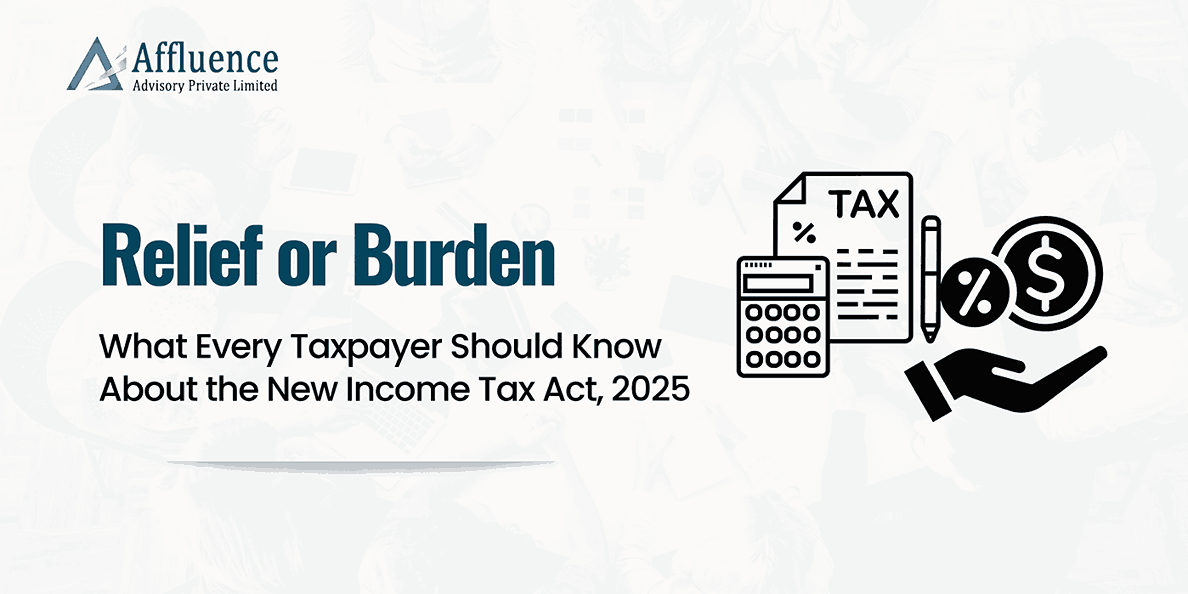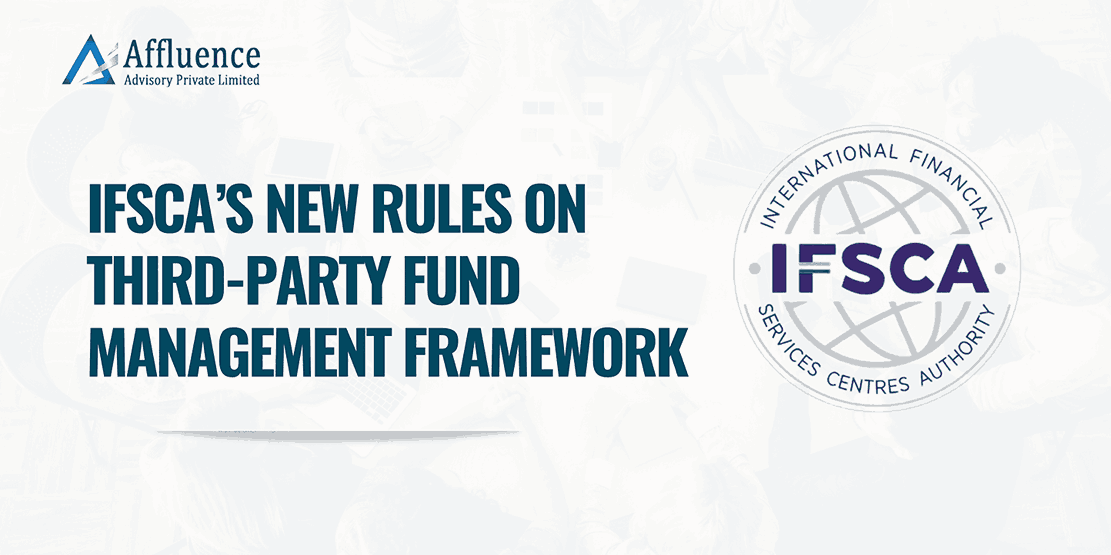The Reserve Bank of India (RBI) employs various tools to maintain price stability and ensure the efficient functioning of the economy. Among these tools, repo rates and reverse repo rates are fundamental in nature. By adjusting these rates, the RBI strives to strike a balance by controlling inflationary pressures and promoting economic activity. It is crucial for businesses and individuals to be aware of these rates as they have a far-reaching impact on interest rates, credit availability and consumption.
Repo rate and its impact
The repo rate, short for Repurchasing Option rate, refers to the rate at which the RBI lends funds to commercial banks to address temporary liquidity shortages. When banks require short-term funds, they can borrow from the RBI by providing eligible securities such as treasury bills as collateral. The repo rate represents the interest charged on these borrowings. By increasing the repo rate, the RBI makes borrowings more expensive for banks, leading to reduced borrowing and lending activities. This, in turn, decreases the money supply in the market, curbing inflationary pressures. Conversely, a decrease in the repo rate incentivizes banks to borrow more from the RBI, making borrowing costs more affordable for businesses and individuals. This stimulates lending, investments, and overall economic growth.
Reverse repo rate and its impact
The reverse repo rate, as the name suggests, is the rate at which the RBI borrows money from commercial banks. By offering government securities as collateral, the RBI absorbs excess liquidity from the banking system. An increase in the reverse repo rate encourages banks to park their surplus funds with the RBI, earning interest on these investments. Consequently, the amount of money available for lending decreases, leading to tightened money supply in the economy. Conversely, a decrease in the reverse repo rate prompts banks to lend more to the economy, boosting the money supply and stimulating economic activity.
Current scenario and its impact on individuals and businesses
In the most recent bi-monthly meeting held on June 8th, 2023, the RBI’s Monetary Policy Committee decided to maintain the repo rate at 6.5% and retained the FY24 GDP growth forecast at 6.5%. Changes in repo rates directly affect individuals, particularly those with loans and deposits. When the repo rate increases, banks pass on the higher rates to borrowers, resulting in increased interest rates. Home loan borrowers, who often have floating interest rates, may face higher monthly installments or extended loan tenure. This, in turn, can lead to reduced financing-based consumption, such as purchases of flats, consumer durables, and vehicles. On the positive side, an increase in the repo rate leads to higher deposit rates, benefiting senior citizens and others who rely on income from fixed deposits. Conversely, when the repo rate decreases, loans become cheaper for individuals with variable interest rates. However, deposit interest rates may fall in such scenarios.
The RBI started increasing the repo rate in May 2022 in tranches, in the wake of the Russia – Ukraine war and took it to 6.5% in Feb 2023. Since then it has kept the rate unchanged. Between the last Monetary Policy Committee ( MPC ) meeting in August 23 and now, inflation has gone up, growth has remained strong while global factors have turned adverse. The conflict in Middle East has led to a spike in crude oil prices and this needs to be monitored closely. However there has been a softening in prices of vegetables and pulses in the back of quick actions taken by the government over the last month.
As widely expected, the RBI maintained status quo in the bi-monthly policy announcement on 6th Oct 2023. The Repo rate has been retained at 6% while the inflation projection for FY24 has also been kept unchanged at 5.4%
Since the RBI has kept the policy rate unchanged in the October policy, all external benchmark lending rates linked to the repo rate will not rise. It will provide some relief to the borrowers since their equated monthly installments will not rise. Banks will also not increase their deposit rates in the near future. The decision not to increase deposit rates is mainly due to the surplus liquidity in the banking system following the deposit of Rs. 2000 notes.
Keeping in mind the global outlook, the uncertainity in the Middle East and the spike in oil prices, the RBI is keep a close vigil on the developments. A rate cut is not expected in the near future unless the situation stabilizes. Hence borrowers will have to continue paying their instalments in the high interest rate regime.
Disclaimer: This article provides general information existing at the time of preparation and we take no responsibility to update it with the subsequent changes in the law. The article is intended as a news update and Affluence Advisory neither assumes nor accepts any responsibility for any loss arising to any person acting or refraining from acting as a result of any material contained in this article. It is recommended that professional advice be taken based on specific facts and circumstances. This article does not substitute the need to refer to the original pronouncement
CLICK HERE TO DOWNLOAD PDF











